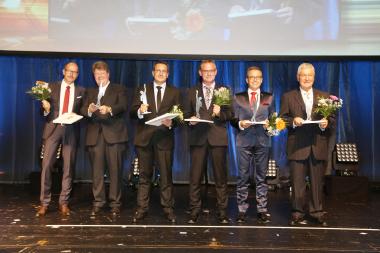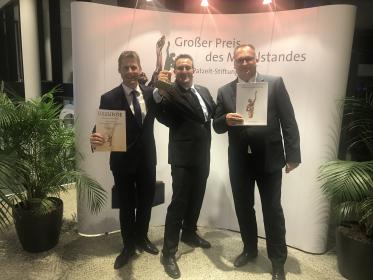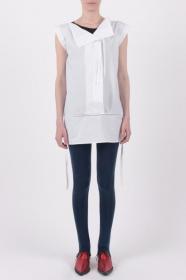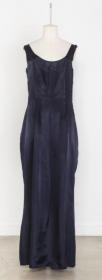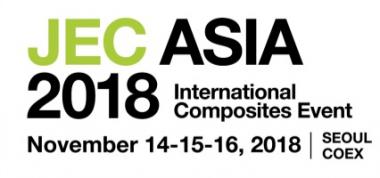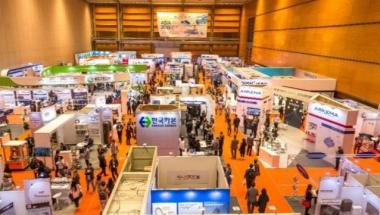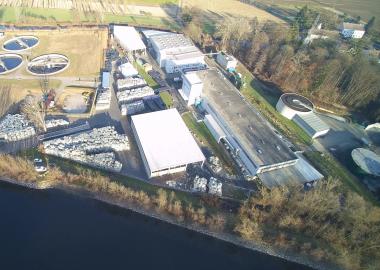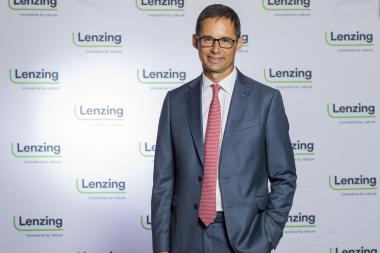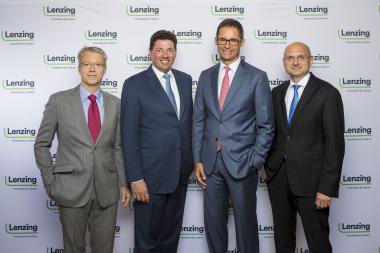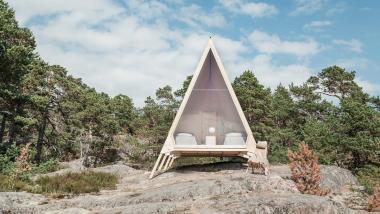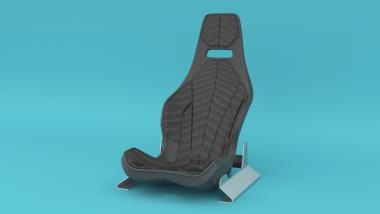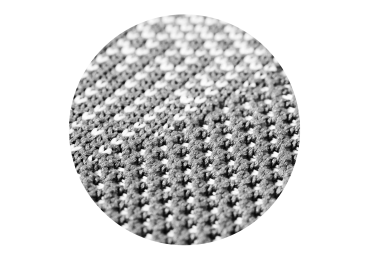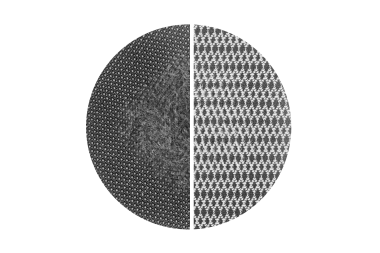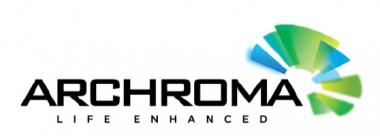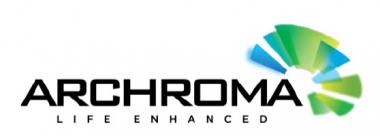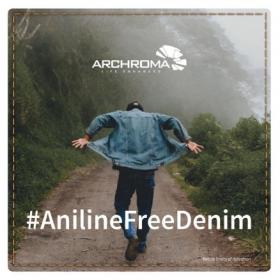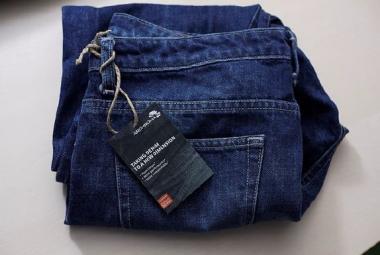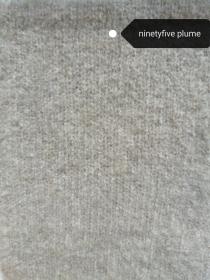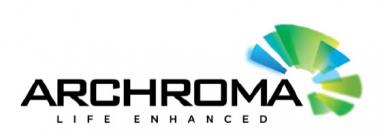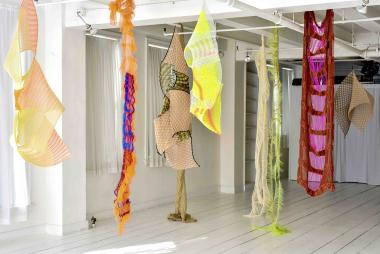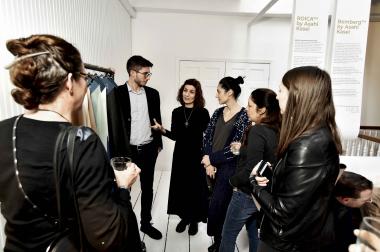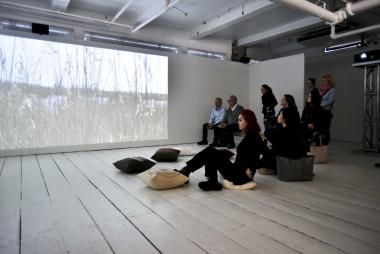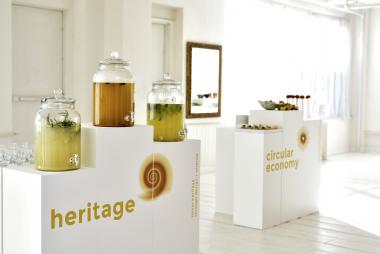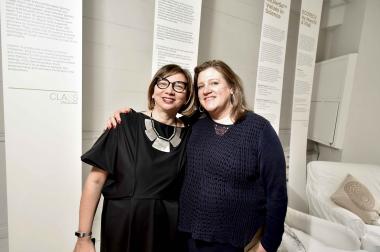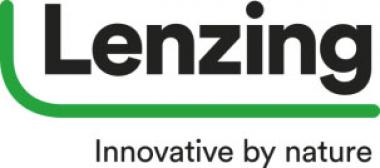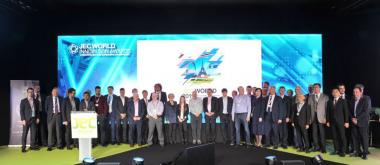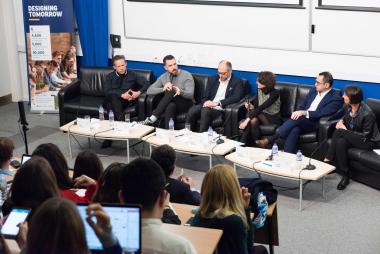2018 Award ‘Großer Preis des Mittelstandes 2018’ - Pedex GmbH named as finalist
Pedex GmbH, the Wald Michelbach based Perlon Group company was named as a finalist of the ‘Großer Preis des Mittelstandes 2018’ (award for small and medium sized companies) at the gala dinner on 15th September 2018. Together with 21 other finalists from the four competing regions Baden Wurtemberg, Bavaria, Hesse and Thuringia came out on top against 2436 nominated businesses.
The motto for this year’s competition -‘Building for the future’ – is the foundation of the unity within our society.
On 24th May, the Oskar-Patzelt-Stiftung, the founder of this award for small and medium sized companies asked for nominations of excellent medium sized companies for the competition, (nominations cannot come from the company itself.) Only 1 in every 1000 German companies make it onto the list of nominations – this year Pedex GmbH made it! The prize winners meet 12 regional juries and a final jury. The focus of the jury (made up of representatives from business and education) is on the company as a whole and its multifaceted role within society. To aid evaluation, the jury asked about the establishment and safeguarding of jobs and apprenticeships, innovation and modernisation, involvement in the local area as well as service and proximity to customers.
Germany’s most sought after business accolade.
In 2018, more than 7400 institutions from the 16 counties (12 competing regions) throughout Germany nominated a total of 4,917 small and medium sized companies as well as banks and local authorities for the competition, from which a short list of 742 was selected. No other business award in Germany carries such weight (and has now for more than two decades) as the one that the Leipzig based Oskar-Patzelt-Stiftung has been awarding since 1994. The prize doesn’t offer any monetary reward. For the businesses involved, it’s simply about honour, public recognition and approval of their performance, without financial incentive.


